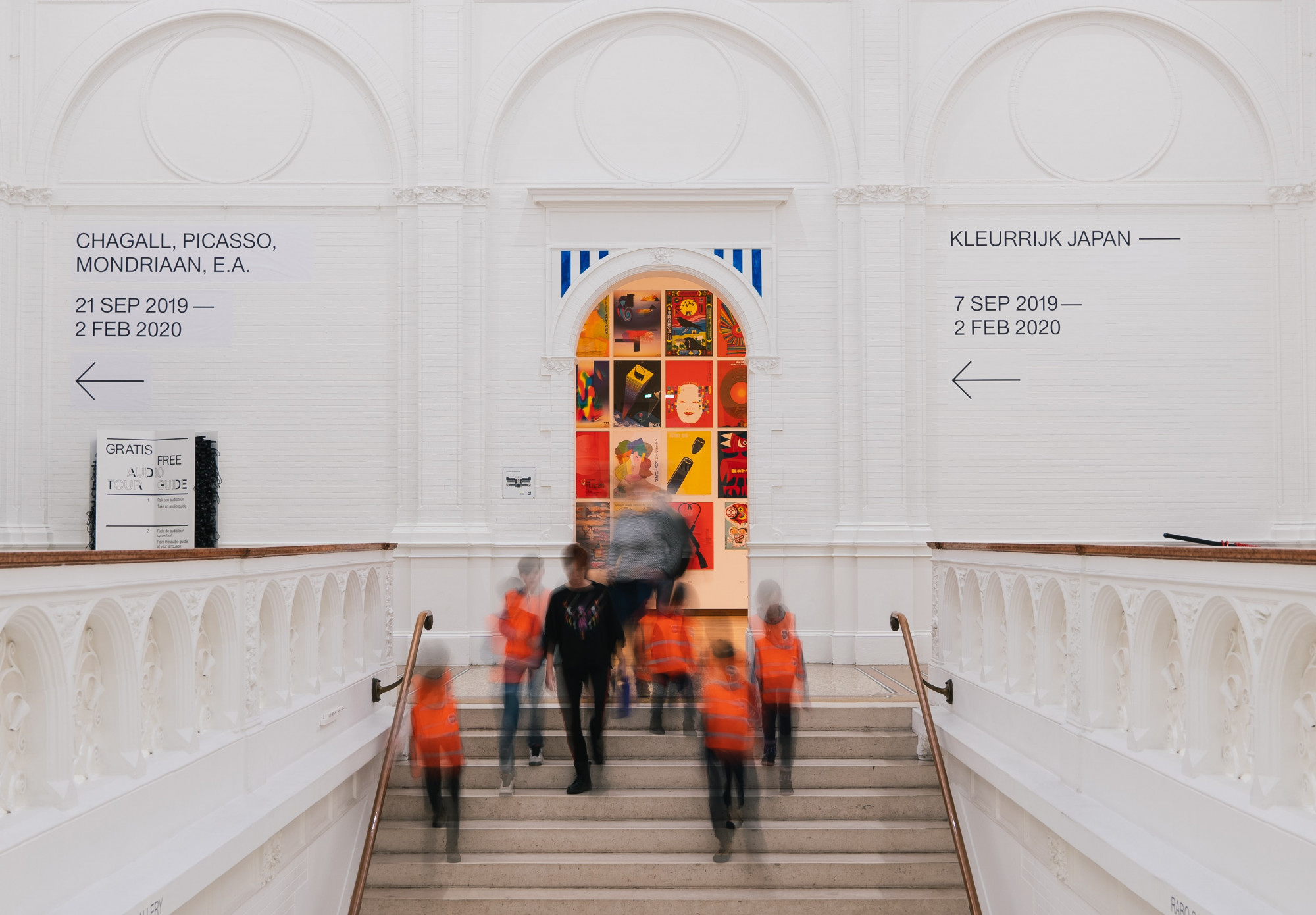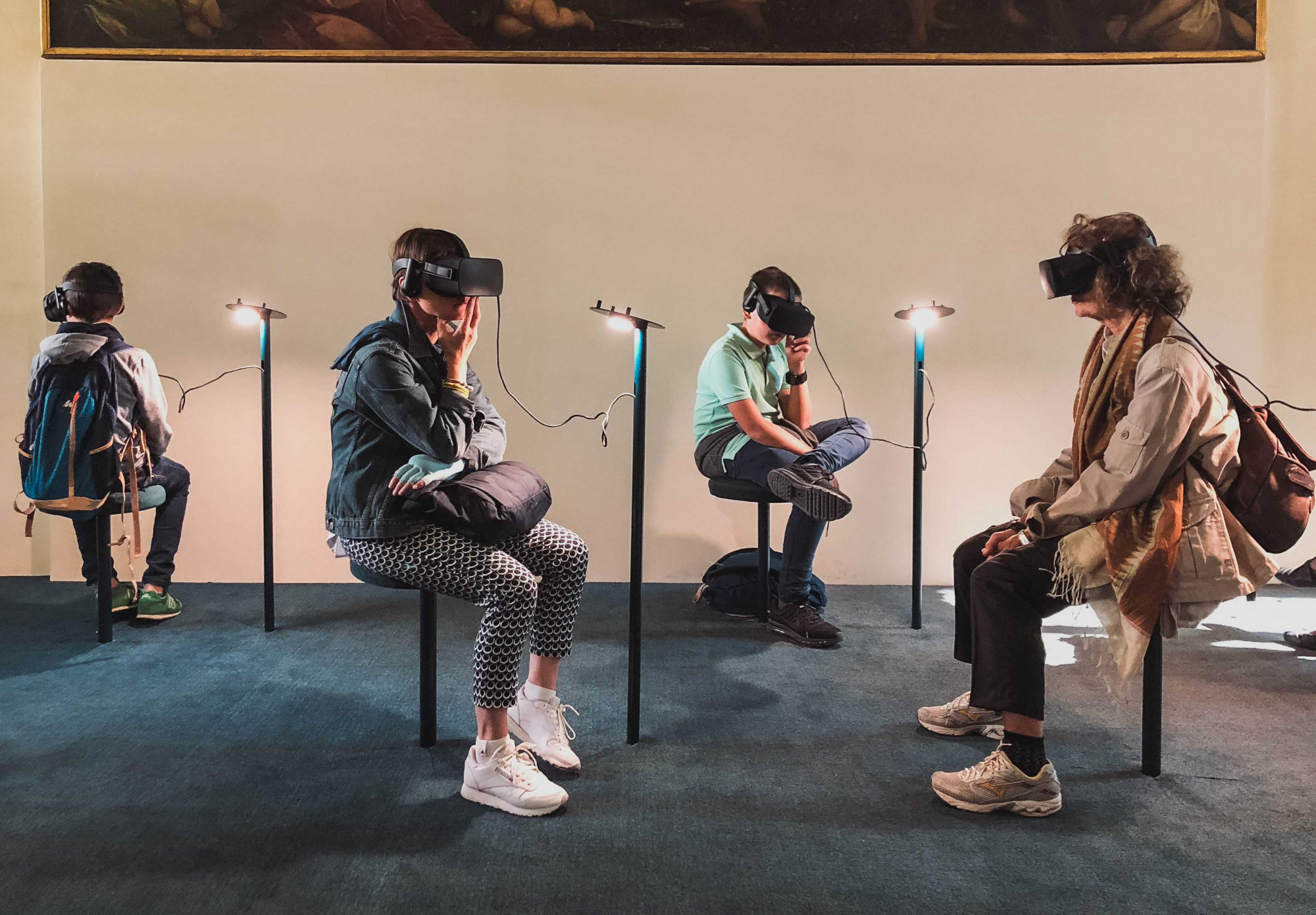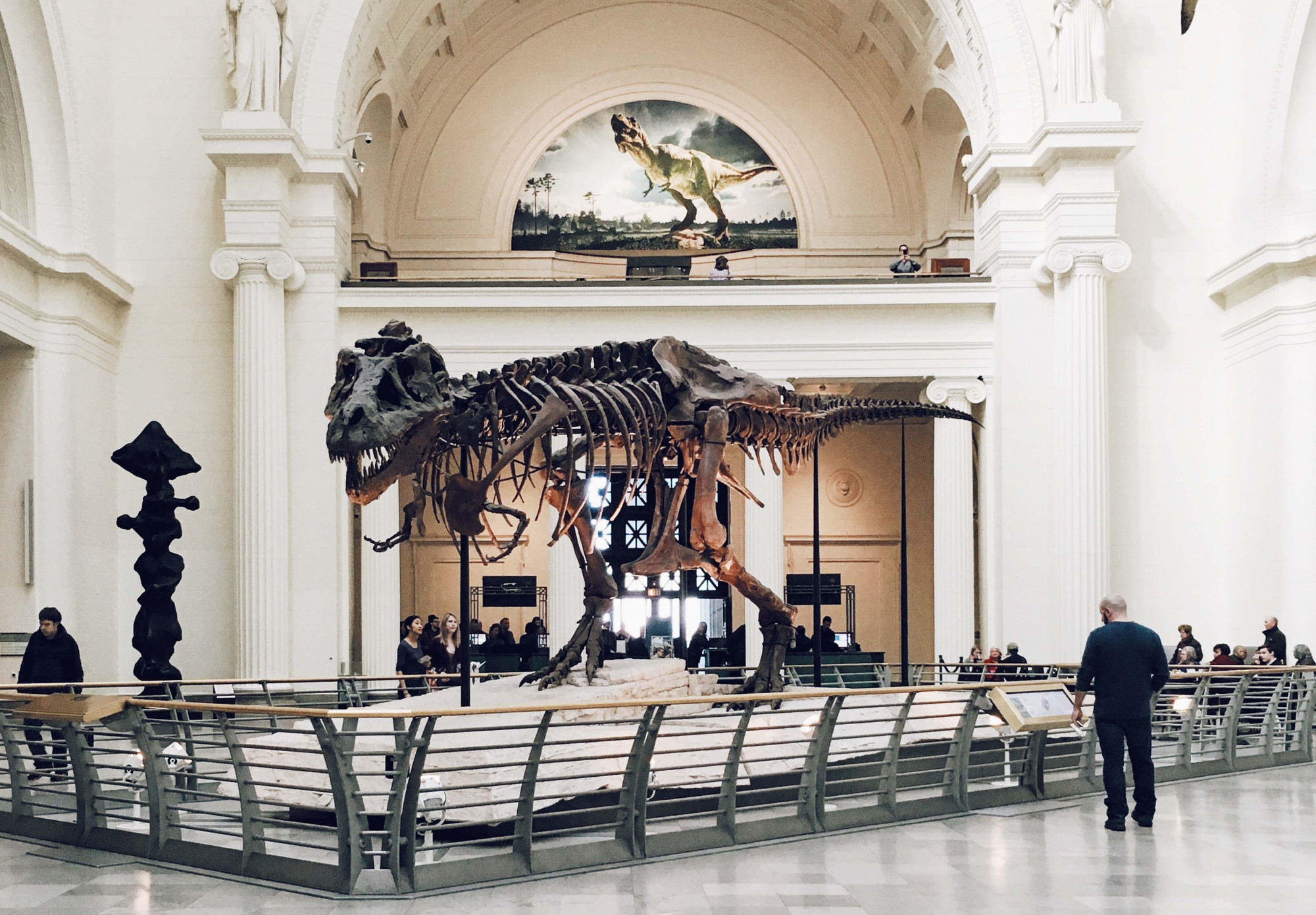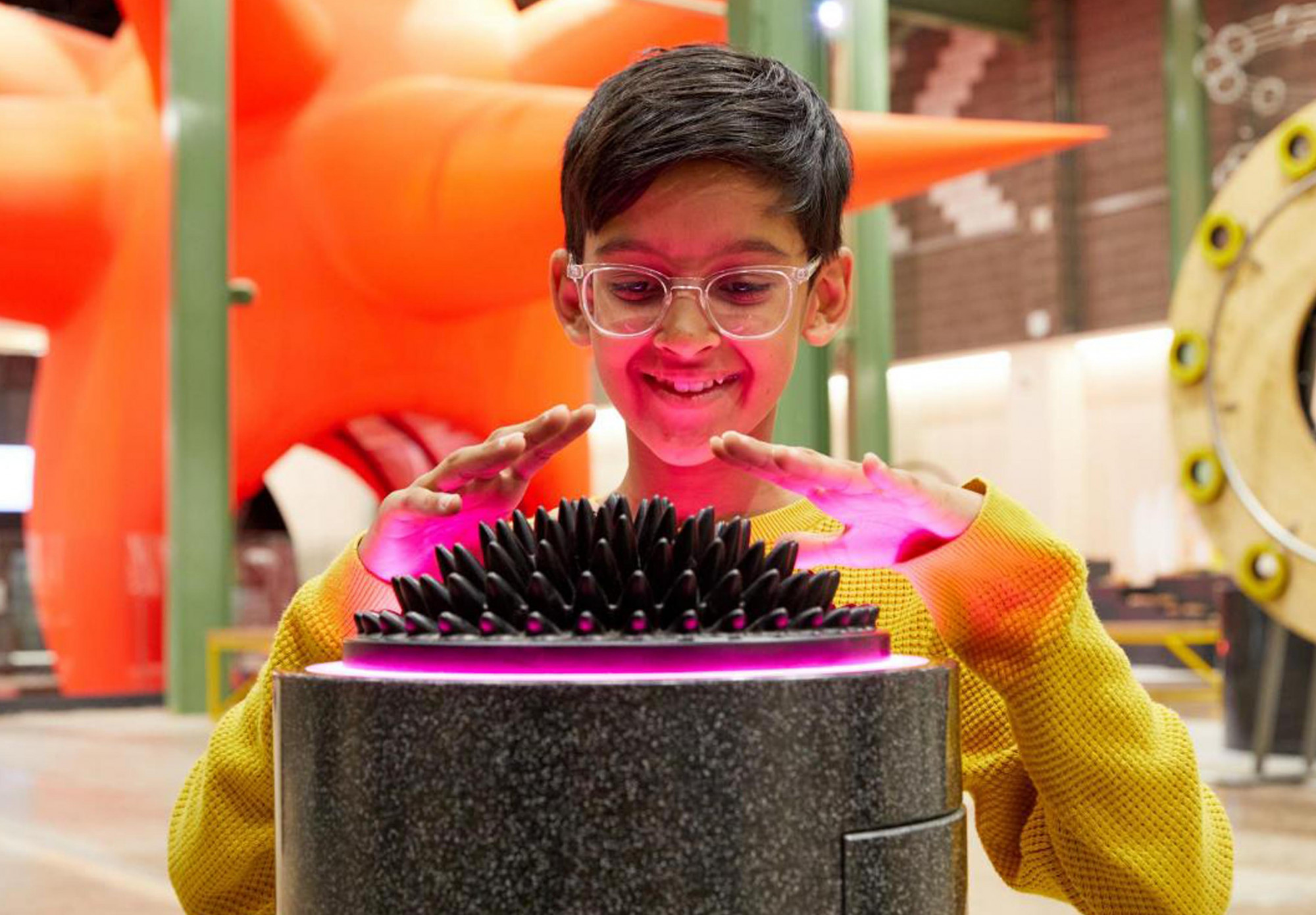Top 10 tips for inclusive and accessible school museum visits
School museum visits are an important and enriching experience for children to learn and discover beyond the classroom. However budgets, logistics and tailoring the experience to meet diverse needs can often restrict visits.
Our team share their top 10 tips for museums to ensure they are best set up to allow for accessible and inclusive school visits.

1. Clear pre-visit information
Providing comprehensive and accessible pre-visit information is essential to help schools and students prepare for their museum experience. This information should address potential accessibility requirements and give teachers the practical details they need to plan their visit smoothly. Clear operational guidance, such as adult-to-child ratios, group sizes, arrival times, and what the museum expects from visiting schools enables schools to prepare in advance. Where possible, highlighting connections with curriculum areas or specific learning objectives in pre-visit materials also helps teachers and parents understand how the visit supports classroom learning and enhances the educational value.
Within the pre-visit information, plans for managing safety incidents should be addressed such as protocols for when a child goes missing from a group, or evacuation procedures for large groups.
2. Transport and connections
The journey and experience on the way to the museum can be a memorable and significant part of the visit. Museums should actively highlight nearby public transport connections such as train, tram, and bus routes in their pre-visit materials. Private buses and coaches can be expensive, so where possible suggest the best way for larger groups to arrive by public transport. Offering maps, estimated travel times, and guidance tailored for group travel can help teachers and parents plan their routes effectively. Clear signage of the step-free routes from transport stops to the museum can make the arrival process more welcoming and straightforward.
Pair this with an accessible entrance point or separate schools entrance to streamline arrivals, timed to avoid other busy periods. Making access easy and stress free without private costs, enables a smooth arrival, and ultimately a repeat visit.
3. Physical accessibility
Ensuring physical accessibility is essential in creating an inclusive museum experience for all visitors. Accessibility should be a core consideration in exhibition planning and must go beyond compliance - it should be an integral part of the design process from the very beginning. Level access and step-free routes, wide pathways, ramps, and wheelchair accessible toilets are indispensable for children with mobility aids. Adequate colour contrast between floor and walls, door frames, exhibition elements and fittings support spatial navigation to Blind and partially sighted people. Interactive exhibits should also accommodate different levels of strength, dexterity, and motor skills, ensuring that all children can participate meaningfully.
In addition to on-site accessibility, museums can look to extend their inclusivity through outreach programs. Mobile exhibits, traveling displays, and in-school presentations are valuable tools for reaching children who may face physical, geographical, or financial barriers to visiting in person.

4. Think about the flow
Consider how a school visit group flows through a space - often they travel in packs which can cause pinch points in the environment. Also thinking about the school use of the space, versus the wider visitor journey, and balancing the needs of all is key, and should be tested and monitored.
Ensure the functional needs of a school visit are met within the journey flow - for example easily accessible toilets as well as places to sit and have a snack. An exhibition design that considers the flow of children's movement, as well as their cognitive understanding is also essential. Intuitive exhibition design encourages children to explore and enhances their learning within the space.
5. Quiet rooms and calm spaces
It is equally important to consider the sensory environment, which sometimes can be overwhelming for children. Providing quiet spaces or sensory rooms where children can take breaks from stimulation offer a calm, safe retreat for those who may feel overwhelmed or need a break before re-engaging with the exhibits.

6. Interactive and multi-sensory experiences
Interactive exhibits play a crucial role in children's learning, particularly for neurodivergent individuals and Blind and partially sighted children who thrive with hands-on and sensory-rich engagement. These elements should be thoughtfully designed to be accessible to all children, accommodating a wide range of sensory needs. Multi-sensorial, and particularly tactile elements and audible features should be included. Incorporating interactivity doesn't have to increase costs significantly, but it must be integrated from the earliest stages of exhibition planning. Consideration should be given to all senses, as well as varying levels of hand dexterity, to ensure an inclusive and engaging experience for every child.
For children, especially those who are neurodivergent or sensitive to sensory stimuli, careful attention to lighting intensity and colour contrast is essential to prevent overwhelm and support comfort and accessibility.
7. Inclusive museum content
Museum content should represent a diverse range of individuals to ensure that all children feel seen, valued, and connected during their visit. It's essential to move beyond traditional narratives by showcasing a broad spectrum of experiences and identities. Exhibitions should celebrate diversity and reflect various family structures, cultures, and perspectives. To deepen engagement and understanding, it is also important to have expert guides available - professionals with training in working with children or educational backgrounds who can lead visits in a supportive and inclusive manner.

8. Visuals are vital
Where you have signage, ensure you have a visual representation too, for children to easily understand what is being shown. An effective idea is to create a visual timetable of the day - so that the children know what to expect from their visit, as well as helping them to learn key vocabulary.
9. Think about attention spans
Museum experiences should be thoughtfully designed to accommodate diverse attention spans, focus levels, and abilities of children across different age groups. The length of talks should take into consideration the age of the group, engaging children with interactive props, songs and storytelling, as well as vibrant visuals that can bring exhibits to life in an educational and enjoyable format. Additionally, offering varying levels of interaction within the exhibitions, from hands-on group activities to more passive viewing allows children to engage at their own comfort level and pace.
10. Consider both indoor and outdoor spaces
The museum experience doesn’t have to stop inside. Consider how outdoor spaces can be designed and more accessible for different types of play and learning. Outside areas can encourage students to participate in activities that allow for exploration and experimentation.
Finally, it’s important to remember, school children can enrich the experiences for other visitors - they bring energy, enthusiasm and fresh perspectives and conversations. Designing with school visits in mind adds a dynamic and interactive element which can be integrated into the broader visitor experience, creating a more enjoyable visit for all.